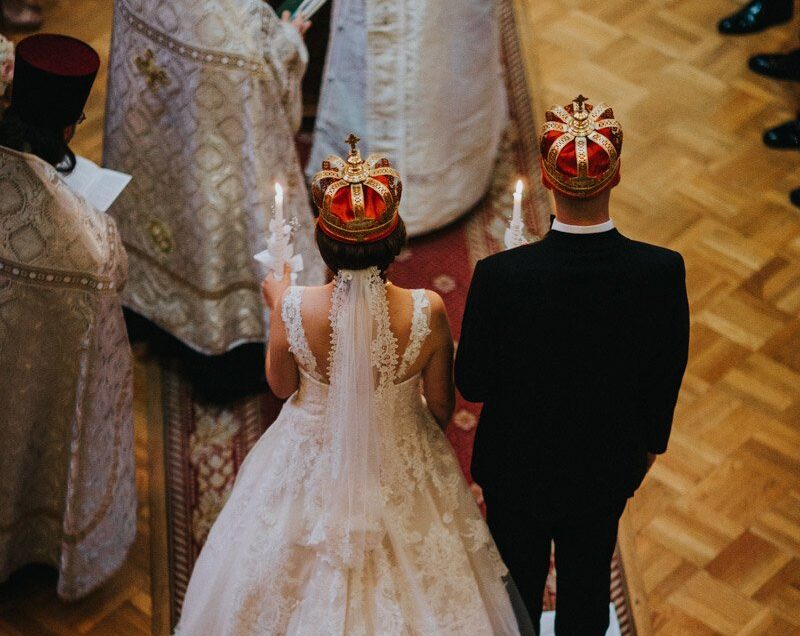Turkish weddings are steeped in centuries-old customs and vibrant cultural practices, making them a spectacle to behold. Whether you’re a bride-to-be or a curious onlooker, understanding these traditions is crucial in creating an unforgettable experience. From the dazzling traditional attire to the rhythmic beats of Turkish music, planning a Turkish wedding involves a captivating journey into the heart of Turkey’s rich cultural heritage.
Table of Contents
In this article, we take you through the key elements of a Turkish wedding, including the customs and traditions, music, dress, and more. So, get ready to embark on a fascinating exploration of one of the world’s most celebrated wedding cultures!
Customs and traditions
Turkish weddings are steeped in fascinating customs and traditions that reflect the country’s rich cultural heritage. Here are some of the most notable traditions that you might encounter when attending or planning a Turkish wedding:
- Red veil: One of these is the “red veil,” or “kirmizi basortusu” in Turkish. This veil is typically worn by the bride during the henna night, and it symbolizes the shedding of her single status and the transition into married life.
- Traditional henna night: In the lead-up to the wedding day, Turkish couples often celebrate with a “kina gecesi,” or henna night. During this event, the bride and groom have henna applied to their hands in an intricate ceremony that symbolizes the couple’s union.
- Turkish food: Turkish weddings are renowned for their delicious and hearty traditional food, including meze, kebabs, pilaf, börek, and baklava. These dishes are often served to guests during the wedding feast and are beloved for their rich flavors and cultural significance.
- Dowry presentation: It is customary for the groom’s family to present the bride with a dowry during the henna night. This tradition reflects the family’s support for the bride as she embarks on married life.
- Wedding ceremony: The wedding itself typically takes place in a mosque or registry office, and it is officiated by a religious leader or government official. The ceremony typically involves the exchange of vows and rings.
- Money-throwing tradition: After the ceremony, it’s common for guests to throw money or small gifts at the newlyweds as they exit the venue. This tradition is meant to bring good luck and prosperity to the couple.
Music
Turkish weddings are renowned for their vibrant and dynamic music, which features a range of traditional instruments such as the darbuka, saz, and clarinet. The melodies are lively and upbeat, often encouraging guests to hit the dance floor and join in on the festivities. The music is an integral part of the celebration and helps to create an electric atmosphere that is unique to Turkish weddings.
Traditional Wedding Ensemble
While the bride typically wears a white wedding dress similar to those seen in Western weddings, it is also common for Turkish brides to wear a traditional dress during pre-wedding events like the henna night. These dresses are often intricately embroidered and can be adorned with jewels and other accessories. The groom, on the other hand, typically wears a formal suit or tuxedo. By blending traditional and modern styles, Turkish weddings create a visually stunning and unforgettable experience for all those in attendance.
Planning a Turkish wedding involves incorporating rich cultural traditions and customs that have been passed down through generations. From the henna night to the lively music and dancing, a Turkish wedding is a celebration of love, family, and community. By understanding these traditions and customs, you can create an unforgettable event that reflects your heritage and celebrates your unique love story.
READ MORE: 8 Destination Weddings in Türkiye We Can’t Get Enough Of

